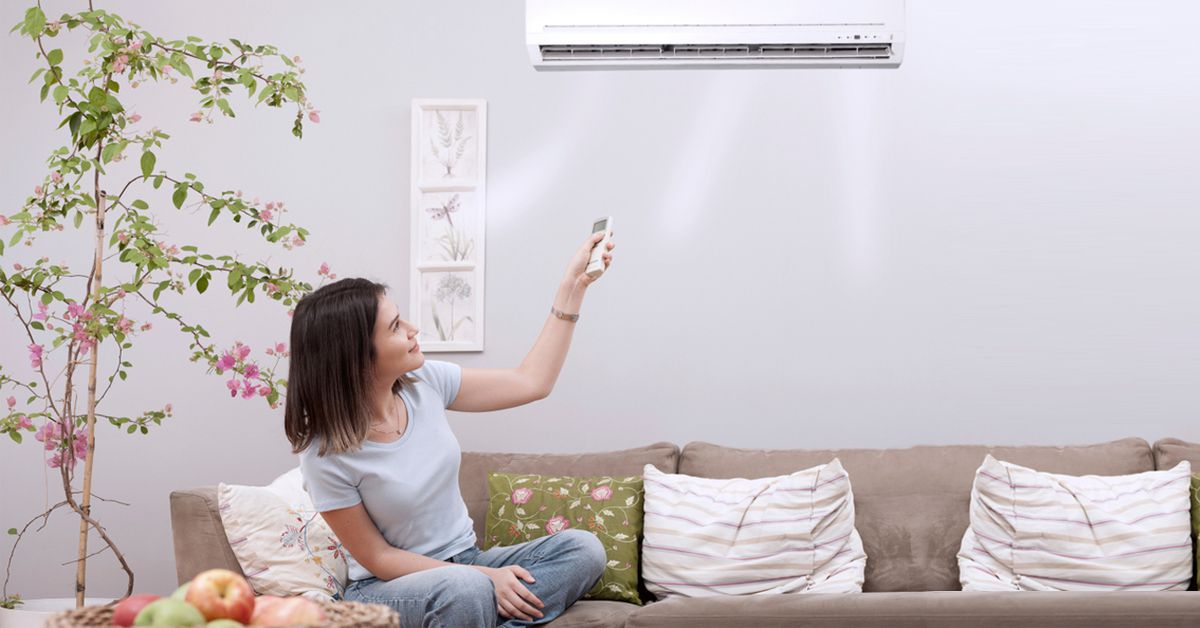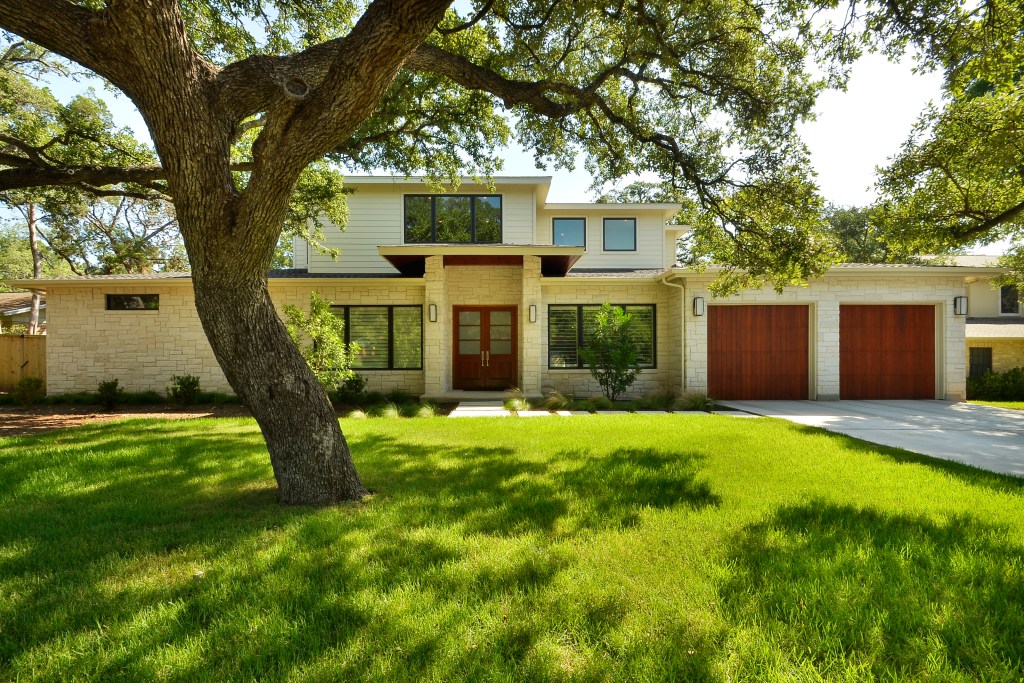
The world’s population is growing, and so is the demand for energy. One of the most significant consumers of energy worldwide is the need for indoor climate control, especially air conditioning. The vast amount of electricity used for air conditioning releases a significant amount of carbon emissions and other greenhouse gases, which is harmful to the environment. But what is thermal comfort, and how does it relate to human psychology?
The American Society of Heating, Refrigerating, and Air-Conditioning Engineers (ASHRAE) defines thermal comfort as a sense of mind that depends on person to person. It is a subjective experience that is affected by various microclimatic factors, such as dry bulb temperature and humidity. However, it has been found that psychological factors also play a crucial role in determining an individual’s satisfaction with their thermal environment.
To gain insight into the psychological aspects of thermal comfort in outdoor spaces, researchers Marialena Nikolopoulou and Koen Steemers conducted a study in the city of Cambridge during different times of the year. Their findings suggest that psychological adaptation is a critical factor in achieving thermal comfort in outdoor spaces.
The researchers found that people tend to adapt to their thermal environment over time. When they are exposed to outdoor conditions for an extended period, they tend to acclimate and feel more comfortable. Therefore, people’s first impressions of a space’s thermal conditions are not always the most accurate predictors of their long-term comfort levels.
The study also found that individuals have different preferences when it comes to their thermal environment. Some people may prefer cooler temperatures, while others may prefer warmer temperatures. Age, gender, and individual health also play a role in determining an individual’s preferred thermal environment. Therefore, it is crucial to design outdoor spaces that cater to a wide range of preferences and needs.
In this article, I will be discussing some of the major findings of the original authors that would help anyone understand the psychological aspect of thermal comfort in outdoor spaces. Before continuing, I must mention that this research was conducted in the city of Cambridge during different times of the year.
Studying about psychological adaptation to thermal comfort is much needed, as quantitative analysis of microclimatic parameters is not enough to predict thermal satisfaction (they only account for around 50% of the changes) in a built environment. In other words, theoretical predictions on thermal satisfaction do not always represent the actual sensations of the occupants. We all know from experience that each of us feels the same indoor environment differently due to various reasons, including our body type, activity level, etc.
The main purpose of this study was to determine ways to widen the range of environmental conditions considered comfortable with varying psychological parameters. The researchers found the following parameters important when assessing the thermal comfort of people spending time outdoors:
-
- Air temperature
-
- Globe temperature
-
- Wind speed
-
- Humidity
🔬 Important Findings
-
- Changes in microclimatic environmental conditions have caused unconscious pickiness of outdoor spaces among people.
-
- PPD (Predicted Percentage Dissatisfaction) and APD (Actual Percentage Dissatisfaction) hugely vary from each other in outdoor conditions.
-
- Some people prefer +1/-1 conditions when in natural environments like outdoors as they expect it to be more cold or hot than their usual surrounding.
🥵 Human Heat Storage
When humans stay exposed to a specific thermal environment for a very long time, their body temperature comes to some sort of steady state with that environment. Therefore, people prefer to stay for extended periods of time in unfavorable thermal environments until their thermal equilibrium breaks. For example, when we stay long inside a very cool building envelope, we prefer staying outside even under harsh sunlight because it feels good. Likewise, people sometimes prefer spending time in places that are considered thermally dissatisfying according to theoretical models.
😑 Most common situation when people get dissatisfied
According to the findings, 23% of the time people feel their surroundings are thermally dissatisfying when they are waiting for someone to come. This is because they pay more attention to their surroundings and sensations, and also because their minds are unstable. However, this goes down to around 12% when they have other work to do while waiting.
From experience, we all know that waiting so long for someone to come is so annoying, as it allows our brain to concentrate more on the surroundings we are in. At the same time, if we have some other work to do or anything to pay attention to, our brain barely gives priority to thermal sensations, making us unaware of slight changes in the thermal climate around us.
🧘🏽 Adaptation
All human behaviors or processes that people go through to improve the fit between the environment and their requirements can be described as adaptive approaches. Adaptive approaches of human beings can be divided into three main parts as follows:
-
- Physical
-
- Reactive
-
- Clothing
-
- Positioning
-
- Posture
-
- Metabolic heat production
-
- Reactive
-
- Interactive
-
- Opening windows
-
- Turning On and OFF a thermostat
-
- Opening a parasol
-
- Interactive
-
- Physical
-
- Psychological
-
- Gradually adapting and decreasing the stimuli as a result of being exposed to a particular thermal condition for a significant time.
-
- Psychological
-
- Physiological
-
- Not directly related to physical stimuli (temperature).
-
- Depends on the individual’s perspective and amount of information he has about the given space and its conditions.
-
- Physiological
🌿 Naturalness
People naturally ignore slight changes in the temperature or climate when they are natural. For example, outdoor spaces have very low actual percentage dissatisfaction (APD) figures compared to their respective predicted percentage dissatisfaction (PPD) figures.
🤓 Expectations
People expect built environments to be stable, while natural environments make changes in climate conditions from time to time or on a temporary basis. However, the minimum and maximum temperature expectations of the occupants change seasonally as they already have information about climate conditions throughout the year. For example, in the winter, we obviously know that the temperature outside is much lower compared to other seasons. Therefore, we do not expect the temperature to be as high as in the summer. However, at the same time, we define a comfortable temperature range in winter.
🧠 Experience
From previous experience, people know to adapt to various thermal environments. For example, changing clothing, drinking cold drinks, altering metabolic rate, changing posture, positioning, and all other physical adaptation techniques followed by people to adapt to indoor climates This wholly depends on the individual’s past experience and available information on different thermal conditions. It is very difficult to predict the level of experience a group of individuals will have when designing a building, as the amount of information and levels of sensation different people have differ.
⏱️ Time of Exposure
When an individual is exposed to a new environment for a very short period of time, it is highly unlikely for him to be thermally dissatisfied. For example, people usually don’t feel any discomfort when moving between an air-conditioned car and a temperature-controlled building envelope. Therefore, the designers must pay attention to the time someone spends within the given space. This depends on the occupant’s,
-
- Current thermal sensation
-
- Short-term thermal history
🪟 Perceived Control
It was found that people are much more satisfied with their thermal environments when much freedom is given for them to make changes to their thermal surroundings, even if the space itself doesn’t have a good thermal climate. For example, people don’t always make changes to the environment, but they are satisfied when they know they can make changes if they want. Another example is when we are traveling as passengers, we sometimes feel uncomfortable compared to when we drive because we have much control over the air conditioner when driving the car.
🧥 Reactive Adaptation
Depends on how individuals react to thermal environments by changing metabolic heat and clothing. However, the designer or architect has no control over this. This is an example of interactive physical adaptation. Reactive adaptation plays a huge role in saving building energy, as a significant amount of energy could be saved if the occupants adapted to the environment instead of changing the thermostat or increasing the wind speed.
🏡 Microclimatic Control
Provided that no occupants and private properties are affected, some of the microclimatic conditions can be altered to create comfortable surroundings; specially in outdoors. The following approaches are often found in outdoors.
-
- Vegetation for shading
-
- Wind breaks
-
- Canopies and bamboo shadings
-
- Vines, etc.
The above alterations protects occupants and properties from
-
- Harsh wind
-
- High solar exposure
-
- Over shadowing
-
- Heat absorption and reflecting

Energy-Saving Trees for Your Home to Help With Your Energy-Saving Ways (houselogic.com)
✍🏼 Conclusions
To conclude, the study conducted by this group of researchers highlights the importance of psychological adaptation in determining an individual’s thermal sensation in outdoor spaces. While physical factors do play a role, psychological parameters contribute significantly to one’s comfort level. By enhancing psychological perspectives on thermal comfort, cities can create more opportunities for social interaction and use of outdoor spaces. Overall, this study sheds light on the complex relationship between the physical environment and psychological adaptation, and emphasizes the need for a holistic approach to designing comfortable outdoor spaces.